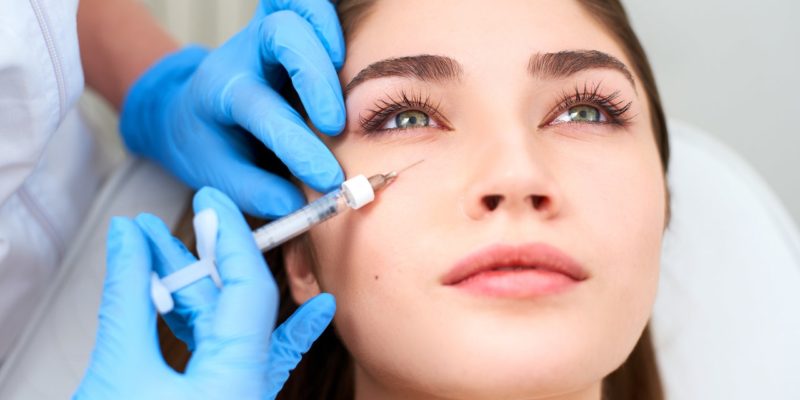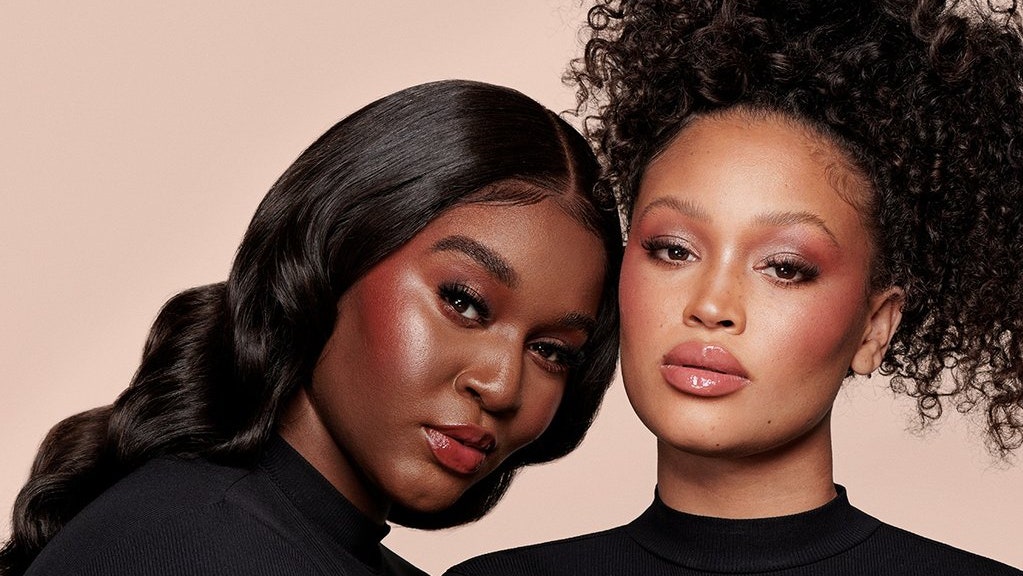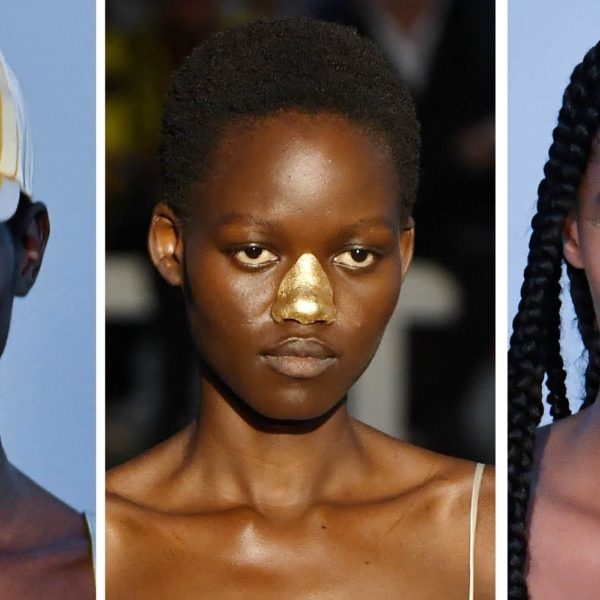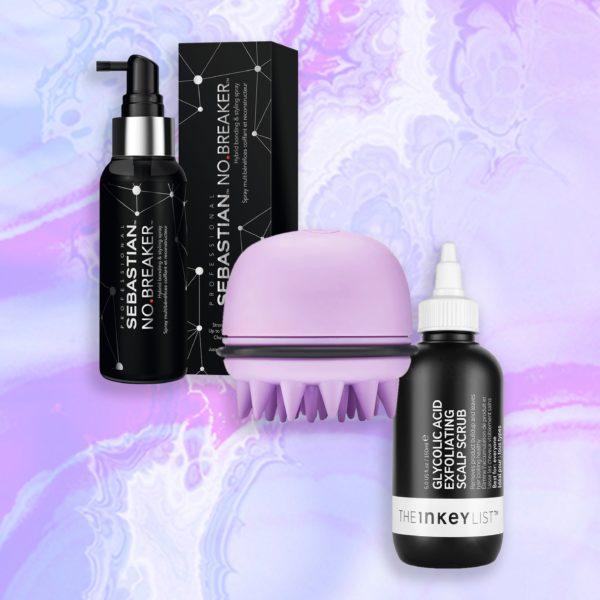Undereye Filler Gets Rid of Dark Undereye Circles: Tear Trough Filler
Once numb, a small needle is used to create an entry point for the doctor to inject the filler. Most doctors inject undereye filler with a blunt-tip cannula (a tube that can be inserted into the body), rather than a needle directly, for increased precision and because “the blunt tip of the cannula is less likely to bruise patients than when using a sharp-pointed needle,” Ahn says.
For the undereye area, Few relies on two specific brands of hyaluronic acid filler: Restylane, which he estimates he’s used on more than 6,000 patients, and Belotero Balance, which he considers to be “very predictable, perfect for this area.”
The injections themselves take less than 30 minutes to administer and patients require little to no downtime, or as Few says, “they’re cruising.” Around 30 percent to 40 percent of patients, estimates Few, will wake up the next day with mild swelling in the area that “usually goes away in the first couple hours they’re awake,” he assures, recommending the holistic remedy, Arnica Montana, a lightly applied cool compress and “just being up and active” will make it go away.
How long will it last?
The blessing and the potential curse of tear trough filler is the fact that the undereye is relatively stagnant, especially when compared to the lips or cheek, meaning that this area offers the longest lifespan to fillers. “If an injector knows how to place filler in the tear trough at the right level, I’ve had it last in this area for six or seven years,” says Few. “Less is more, and the goal should be to improve the area by 85 percent.”
His 85 percent rule, surprising at first, makes perfect sense. HA fillers are always at risk for attracting water, even months or years after the injection, “so you need to have that little bit of wiggle room” in case the undereye unexpectedly attracts water. “For example, on a hot day, the filler will swell a little bit,” warns Few, listing a cold, congestion, and a sinus infection as other puffy-inducing culprits. “With 15 percent of wiggle room, it means that day in and day out, somebody can look good, no matter what else is going on.”
How much does it cost?
Ahn warns, before you book an appointment, do your research. “It is very important to find a provider who is experienced in treating this area, as the skin is thin and, if not done properly, can give the patient a ‘puffy’ look,” Ahn says.
Three key questions to ask a prospective injector, recommends Few, are:
- How many tear trough filler injections have you done?
- Do you use a cannula or a needle? (“And if they say needle, really give this second person a second thought,” he says)
- What issues have you seen in your injecting experience, and what are you prepared to do to make those issues go away?
No one should be coupon shopping when it comes to aesthetics, but least of all for the undereye area. The average cost per tear trough treatment is about $950, depending on your location and injector.
More on plastic surgery:
Now, find out what it’s like to get lip injections:








